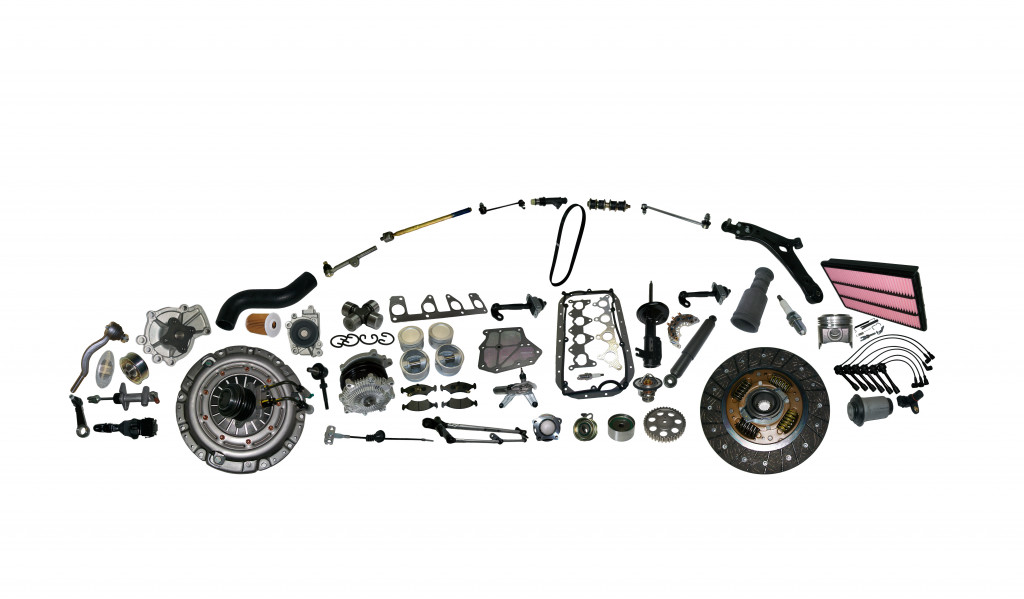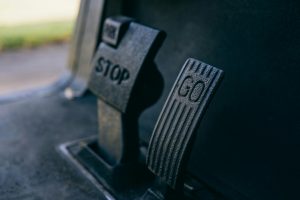Replacing car parts is something that you often have to do as a car owner. You need to check certain parts regularly and others that you should replace more often. Here are some of the most common car parts that you need to routinely check or have replaced:
Common Car Parts
It’s essential to check your car’s parts regularly to make sure they’re all in good working order. Here are some of the most common car parts that you should check:
- The air filter: This needs to be replaced every six months or so, depending on how much you drive. A dirty air filter can cause your car to run poorly and can even lead to engine damage.
- The oil: You should check your car’s oil level every time you fill up the gas tank. You should also have your oil changed every 5,000 miles or so.
- The brakes: Brakes wear out over time and must be replaced periodically. How often they need to be replaced depends on how much you drive and how hard you brake.
- The tires: Tires also wear out over time and need to be replaced periodically. How often they need to be replaced depends on how much you drive and the condition of the roads you drive on.
- The battery: Batteries typically last three to five years. If your battery is getting old, it’s a good idea to have it tested to see if it needs to be replaced.
Tips for Buying Car Parts
Most people probably think of car parts as only needing to be replaced when they break. But to ensure your safety while driving your vehicle, car parts need to be replaced. Here are some tips to help you buy the right car parts and keep your vehicle in good shape :
1. Check your owner’s manual. This is the best place to start when you’re trying to figure out what parts need to be checked and/or replaced on your vehicle. The maintenance schedule will tell you when certain parts need to be serviced, and it can also give you an idea of how often those parts need to be replaced.
2. Do your research. Once you know what parts need to be replaced, it’s time to research and figure out which ones are the best for your vehicle. You’ll want to consider price, quality, and compatibility when choosing car parts.
3. Consider aftermarket parts. Aftermarket parts are parts made by a company other than the original manufacturer of your vehicle. They’re often cheaper than OEM parts and can be just as good in terms of quality.
What to Inspect After an Accident
After a car accident, you should first check to see if parts such as the car’s engine, driveability, driving assist features, suspension, seatbelts, and lights are all in working order. If the engine and other car parts are not in good working order after a car accident, it can be difficult or even impossible to drive the car. If any of these are not working correctly, it could put your safety at risk.
These components ensure your safety. For example, the driving assist features can help you stay in your lane or park properly. Meanwhile, seatbelts keep you securely in your seat in the event of a collision, lights help you see and be seen on the road, and the suspension helps absorb shocks and keep you comfortable while driving. These are just a few things you should check after an accident; if any of them are not working properly, it’s best to get the car towed to a nearby repair shop.

Repairs
Mechanical repairs are usually more severe problems that require the attention of a trained mechanic, such as engine troubles or transmission issues. If you’re unsure if your car needs repairs, it’s best to take it in for service. A mechanic can look at your vehicle and tell you what might need to be fixed.
For instance, you noticed that your Toyota’s engine is making a strange noise, smoke is coming from your Nissan, or your Subaru is leaking oil on the ground. Then it would be best to bring them to the mechanic. You can also get professional handling from mechanics who specialize in Toyota, Nissan, or Subaru auto repair. Having your car repaired will keep your vehicle running smoothly and help you avoid more severe and expensive problems down the road.
It’s essential to be aware of the car parts that commonly need to be checked or replaced to stay on top of your vehicle’s maintenance. By knowing what to look for, you can save yourself time and money in the long run.







